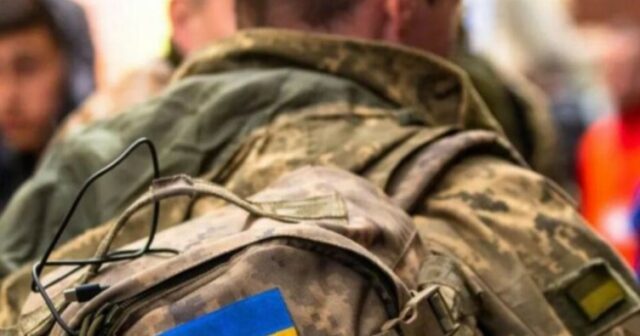### The Surge of Convicts Joining Ukraine’s Military Forces
In recent times, a fascinating trend has emerged in Ukraine: a notable number of convicts are seeking early conditional release to join the military. Specifically, there have been 3,944 petitions submitted to the courts, and an impressive 3,775 of these have already been approved. This dramatic shift highlights a unique response to the pressing needs of the country’s defense landscape.
#### A Closer Look at the Numbers
According to the Office of the Prosecutor General, 3,561 individuals who previously faced incarceration are now actively serving in the Armed Forces of Ukraine. This statistic is not just a number; it signifies a remarkable increase in military enrollment among those who have been incarcerated. There’s a poignant story here—many of these individuals are motivated by a sense of duty, a chance for redemption, and an opportunity to contribute to their country’s security.
#### Rights and Regulations
The implementation of these early release petitions is governed by a recent amendment to the Criminal Code, specifically Article 81-1. This legislative change provides a structured pathway for convicts who wish to serve, ensuring that their rights are respected throughout the process. It’s crucial to note that this approach not only affects the individuals involved but potentially transforms the fabric of military service in Ukraine.
#### The Process in Action
The transition from convict to soldier involves several steps, all aimed at ensuring readiness for military duty. Here’s how it works:
— **Military Medical Examinations**: Convicts undergo rigorous health assessments to confirm their fitness for service.
— **Selection by Military Representatives**: Each candidate is evaluated by military officials to determine their suitability for various roles within the Armed Forces.
— **Enlistment**: Once selected, they officially join the military ranks and receive training.
— **Court Petitioning**: Throughout this process, they submit various documents and petitions to the court, ensuring that all legal requirements are met.
#### Real-Life Impacts
This path taken by convicted individuals offers profound implications. For example, consider the story of one individual, recently released from prison, who enlisted and has since reported a newfound sense of purpose. His narrative reflects not just a personal transformation but also a broader societal shift where redemption is attainable—serving a greater cause while re-integrating into society.
#### Expert Insights and Statistical Trends
This trend is becoming more than a mere curiosity; it’s a phenomenon worth analyzing. Current statistics show that as military recruitment needs increase, the integration of formerly incarcerated individuals may serve as a pragmatic solution. Historical data reveals that during periods of intense conflict, many nations have looked to under-utilized populations to bolster military ranks. By doing so, they not only address shortages but also provide a second chance for those willing to serve.
Furthermore, studies show that positive engagement in military service can lead to lower recidivism rates among former convicts. Research indicates that structured, purpose-driven environments significantly reduce the likelihood of returning to crime.
#### Conclusion
The participation of convicts in Ukraine’s military is a compelling testament to the resilience of the human spirit. It offers a dual opportunity: for individuals seeking redemption and for the nation in dire need of manpower. As this trend continues, it is crucial to monitor its long-term effects, both on the military and on broader societal perceptions of justice and rehabilitation. The convergence of these paths can lead to transformative change—not just in the lives of those who serve, but in the very fabric of society itself.






